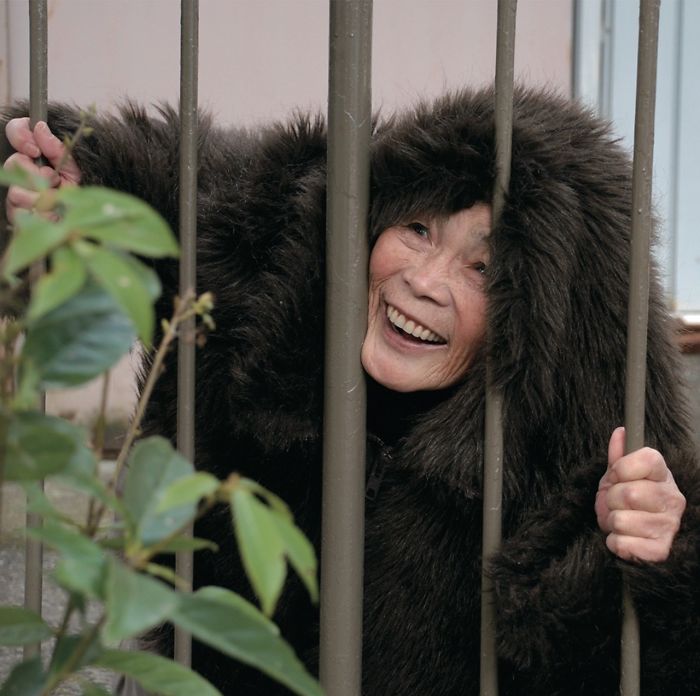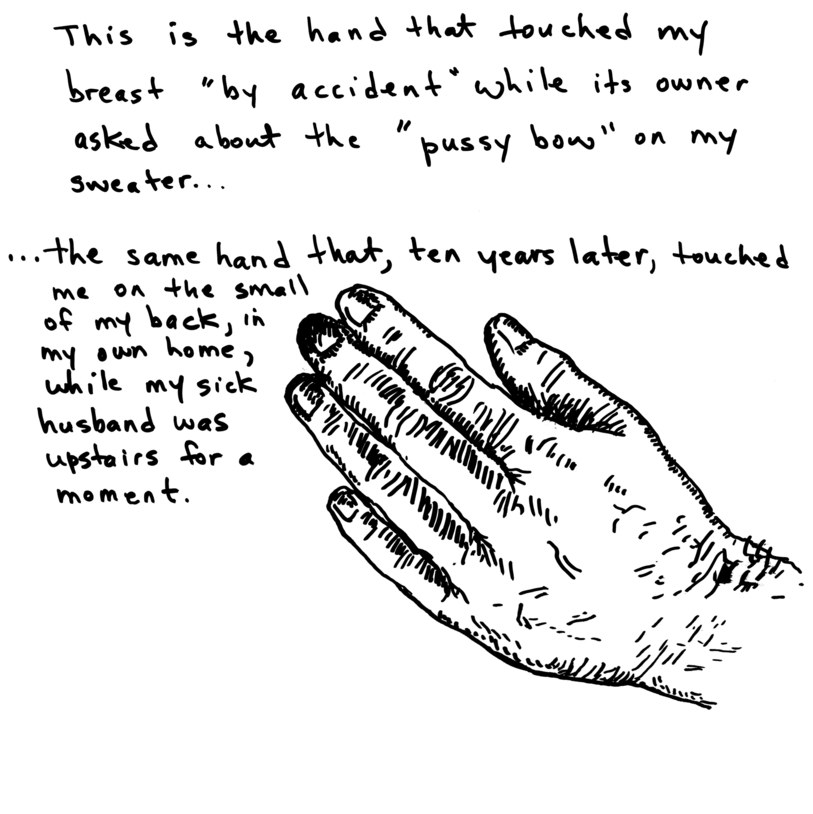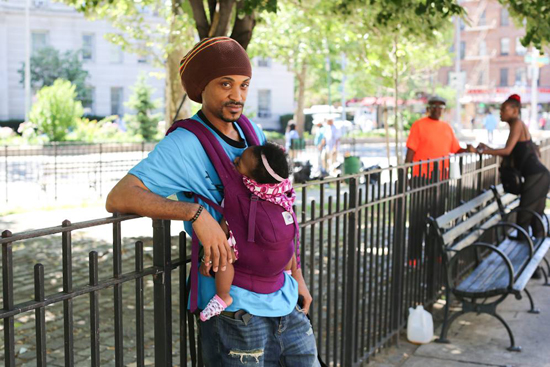Recently, and not so recently, I've been wrestling with the difference between critical thinking and criticism because, in and out of the classroom, the seem to have become synonymous. And they shouldn't be.
As in most cases, somebody has done a study on why this is, why we tend to criticize rather than encourage, and, as in most other cases, I disagree with the findings.
Teresa Amiable, director of research for Harvard Business School, says we tend to focus on criticism because of hypercriticism and the idea that when we hear negative statements, we think they’re inherently more intelligent than positive ones (via).
Teresa began exploring hypercriticism back in the 1980s when "she took a group of 55 students, roughly half men, half women, and showed them excerpts from two book reviews printed in an issue of The New York Times. The same reviewer wrote both, but Amabile anonymized them and tweaked the language to produce two versions of each—one positive, one negative. Then she asked the students to evaluate the reviewer’s intelligence" (via).
For the excerpt that was negative, the students thought the author, “definitely smarter" and "more competent," but also “less warm and more cruel, not as nice."
“The brain," according to Prefessor Nass, "handles positive and negative information in different hemispheres," and "Negative emotions generally involve more thinking, and the information is processed more thoroughly than positive ones. Thus, we tend to ruminate more about unpleasant events — and use stronger words to describe them — than happy ones" (via).
Negative emotions involve more thinking, and are processed more thoroughly, which is why they are regarded as higher levels of thinking. It's also why "almost everyone remembers negative things more strongly and in more detail.”
Roy F. Baumeister, a professor of social psychology at Florida State University and co-author of “Bad Is Stronger Than Good,” agrees. “Research" he argues, "over and over again shows this is a basic and wide-ranging principle of psychology," because “It’s in human nature, and there are even signs of it in animals." He did a lot of experimenting with rats and concluded that, “Bad emotions, bad parents and bad feedback have more impact than good ones. Bad impressions and bad stereotypes are quicker to form and more resistant to disconfirmation than good ones.”
Although I resonate with much of Baumeister's findings, his research method also points to the fallibility of the solution. Namely, we're not rats. We're humans, and as such, we are able to reason, discern, and, through sincere analysis, change our habits, and our way of thinking.
We are not creatures of instinct and survival alone. We are extremely complex, and fully human - we are set apart from the animal kingdom.
Yet, the findings are hard to refute, and I find myself nodding along to Professor Amabile's conclusions that "the negative effect of a setback at work on happiness was more than twice as strong as the positive effect of an event that signaled progress. And the power of a setback to increase frustration is over three times as strong as the power of progress to decrease frustration" (via).
Some theorists speculate this mindset, this way of thinking, is evolutionary and beneficial because in the ancestral environment, "focusing on bad news helped you survive" (via).
This is difficult to swallow because, even if it is true, that focusing on bad news helps us survive, I don't think it's what any of us want, to merely survive. We want us to thrive. And constantly pointing out someone's errors and where they could have improved, how they could have said something better, or how their actions (or inactions) were offensive doesn't help anyone to thrive and live and grow. It breaks down and destroys. It creates a culture of disappointment and fear.
A few months ago, while waiting in line to buy some baozi, I noticed the shirt of the woman standing behind me. It was all black with a simple white font that read, "If you reach out and touch the darkness, the darkness will touch you back." When we focus on bad news, when critical thinking becomes synonyms with criticism, we begin to not only reach out and touch the darkness, we embrace it, cling to it, and all to quickly we begin to drown in it - kicking, scratching, and fighting. Surviving.
What would happen if we focused on critical thinking yet pointed out the positives? And I don't mean the "everyone is a hero" or "everyone deserves a trophy" sort of positives, because that isn't critical thinking. It's the complete opposite. That's why it's been so damaging to an entire generation.
To be a critical thinker means spending time with something, dissecting and analyzing something (or someone) and formulating an educated opinion of it (or them). Great movies are, "Critically acclaimed masterpieces" because they've been vetted and the movie critic can give clear and articulate reasons why they loved it, why it was brilliant, and why we, the audience, should spend our time with it. This is very different than the "A for effort" sort of mentality. It's critical and deeply analyzed, and although flawed, it still has plenty to celebrate.
But this also, I think, articulates the difference of positive and negative criticism.
Think back to a time when someone gave you positive criticism, and then when someone gave you negative criticism. Then think of another time. And another.
I bet, if you think through these moments long enough, something like this will emerge.
Over the past ten years of teaching and public speaking, I've had a decent amount of responses from the student or audiences, and it's the negatives that have stuck with me over the months and years that follow, which isn't surprising. Negative experiences tend to do that. Recently, however, I've begun to believe that negative experience carry more weight not simply because they're negative, but in how they are negative. They are more specific.
For example. Last fall, after giving a presentation entitled Stories Matter at the ACSI Teacher Conference, an elderly woman, who sat in the front row with a head of thinning white hair (she reminded me a lot of my grandmother), found me and said, "I loved it. It touched me here (she pointed to her head) and here (and pointed at her heart). Thank you." I was touched, and fully encouraged. But only for a short while because there was nothing specific about it. It was too generic. I know she meant well and truly it meant a lot that she sought me out to say something, but because there was nothing to grab hold of and use and grow on for the next time, it paled in comparison to the person who could articulate with rather acute specifics, where the presentation floundered.
Whenever people criticize, most of the time, it's with specifics. They'll say, "When you said (something), I was offended" or "The way you did (this other thing), it was hurtful" and "When you act like (something else), it's immature. I've never had someone come in and say, "What you said or did was terrible. All of it. Just terrible." They come in with specifics. Things I can hold on to.
But I have had people praise that way. "Thank you," or "You did a really good job, really good" and things of this nature, which is great and I truly do believe they mean well - and it's far better than saying nothing at all. But it leaves me with nothing to hold on to. And when the rain and winds come, I need something strong and concrete to grab hold of. Otherwise, I kick and scratch and scream and try to survive.
Being critical thinkers does not mean we have to be criticizers. But it does mean we have to work hard at changing the way we think. Finding why we disagree or how we're offended has become too easy - its' second nature. But is also touches the darkness. Critically encouraging someone, with detailed and concrete specifics, offers light in a dark world . . . or when all other lights go out (does anyone else having running Lord of the Rings quotes forever in their head?).
Teresa Amiable says we tend to focus on criticism because of hypercriticism and the idea that when we hear negative statements, we think they’re inherently more intelligent than positive ones. I think it's time we holistically disagree with this statement.
We're not rats. We're not animals. We're deeply complex and intelligent humans who can critically analyze situations, make predictions, and act based on intelligence, not instinct. And our goal is not mere to survive, but to thrive.
For more on . . .
-N- Stuff : On Humanity : On Living
BE SURE TO SCROLL DOWN AND SUBSCRIBE - THANKS FOR READING!




























































